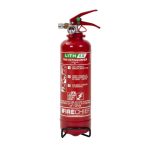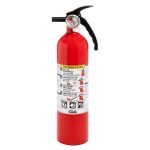Fire safety is a crucial aspect of any environment, whether it’s a home, office, or industrial setting. Understanding the different classes of fires and the corresponding extinguishing agents is vital to ensuring safety and effectively combating flames. Class C fire extinguishers play a critical role in handling electrical fires, one of the more unpredictable and dangerous fire types. This guide provides comprehensive insights into Class C fire extinguisher, their use in electrical fires, and essential fire safety practices.
Understanding Fire Classes
What are Fire Classes?
Fires are classified into categories based on the materials that ignite them. This classification helps determine the appropriate firefighting approach. The main classes of fires are:
- Class A: Ordinary combustibles like wood, paper, and cloth.
- Class B: Flammable liquids such as gasoline, oil, and solvents.
- Class C: Electrical fires involving energized equipment and wiring.
- Class D: Combustible metals, such as magnesium or sodium.
- Class K: Cooking oils and fats, primarily in commercial kitchens.
Each fire class requires a specific type of extinguisher or firefighting method for efficient suppression. Understanding these classes ensures that individuals know how to react appropriately in case of a fire emergency.
The Importance of Knowing Fire Classes
Identifying the type of fire you are dealing with is crucial because using the wrong extinguisher can be ineffective or potentially dangerous. For instance, using water on an electrical fire can lead to electric shock or spread the fire further. Recognizing the characteristics of each fire class can help you make informed decisions during an emergency.
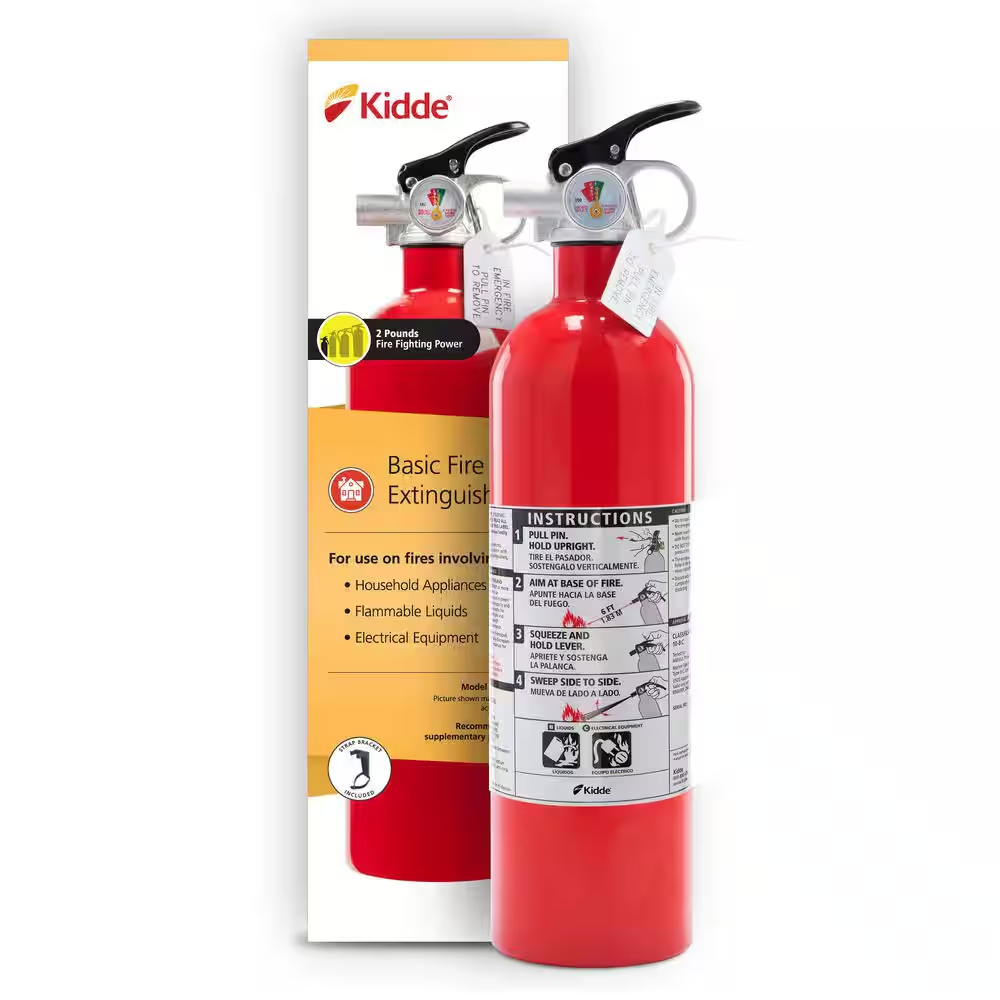
What is a Class C Fire Extinguisher?
Composition and Functionality
A Class C fire extinguisher is specifically designed to combat electrical fires. These extinguishers typically use non-conductive agents like carbon dioxide (CO2) or dry chemical powders, such as ammonium phosphate. These agents are effective in cooling and smothering the flames without conducting electricity.
How Class C Extinguishers Work
The extinguishing agent in a Class C fire extinguisher operates by interrupting the chemical reaction that fuels the fire. When the agent is discharged, it displaces the oxygen around the flame and cools the surrounding materials. This dual action effectively stops the fire from spreading and brings it under control.
Common Types of Class C Extinguishing Agents
- Carbon Dioxide (CO2): This agent is effective in displacing oxygen and smothering electrical fires without leaving any residue.
- Dry Chemical: This powder-based agent forms a barrier between the fuel and the oxygen, making it effective against Class C fires.
Understanding the function of each agent can help users choose the right extinguisher for a specific scenario.
Situations Requiring a Class C Fire Extinguisher
Common Sources of Electrical Fires
Electrical fires can originate from various sources, and understanding these can help in prevention and preparation. Common culprits include:
- Overloaded Circuits: Too many devices connected to a single outlet can lead to overheating and sparks, igniting surrounding materials.
- Faulty Wiring: Damaged or frayed electrical cords can create sparks and heat, posing a significant fire risk.
- Appliance Malfunctions: Overheating appliances or equipment, especially in industrial settings, can ignite an electrical fire.
- Improper Use of Extension Cords: Using extension cords for long-term connections can lead to overheating and potential fires.
By being aware of these risks, individuals and businesses can take proactive measures to mitigate them.
The Importance of Proper Equipment
Having a Class C fire extinguisher readily accessible in areas where electrical equipment is present is crucial. You should keep these extinguishers near electrical panels, server rooms, or workshops with heavy machinery. Proper placement and maintenance of fire extinguishers can make a significant difference in emergency response.
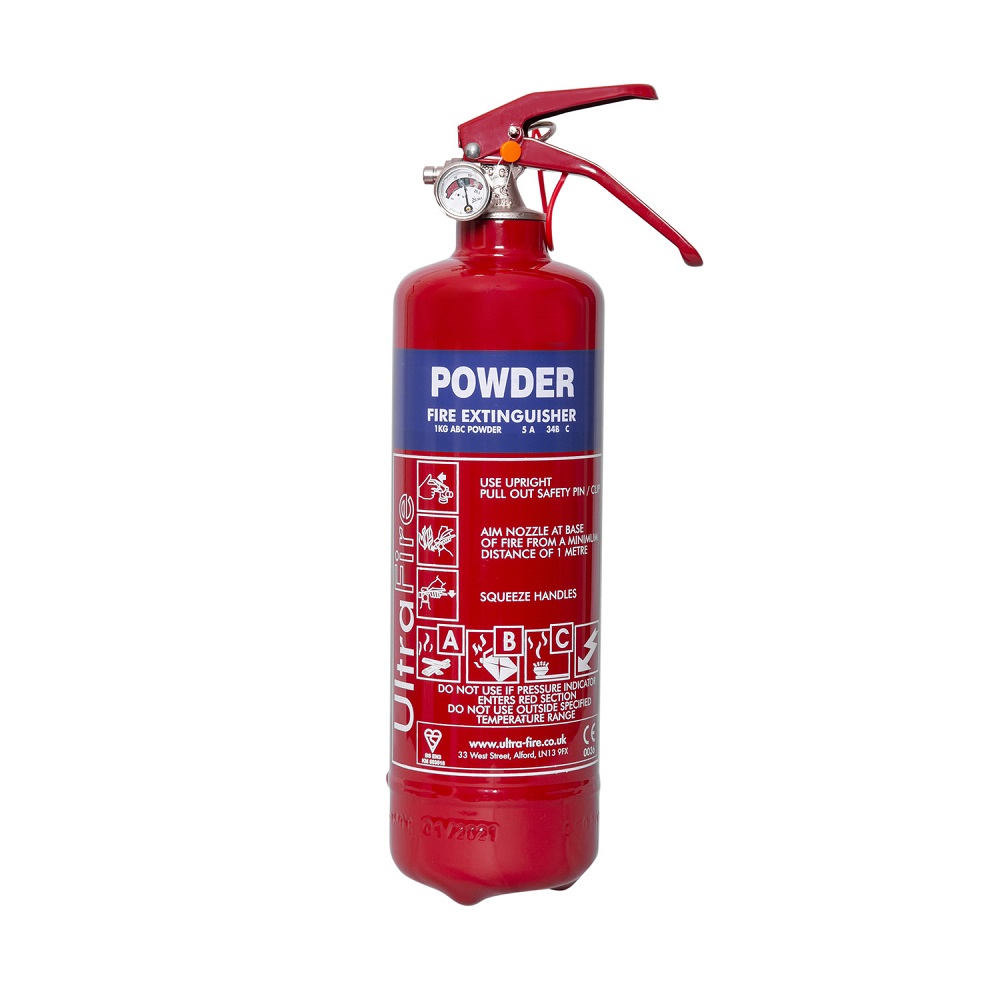
How to Use a Class C Fire Extinguisher
The PASS Technique
Knowing how to use a fire extinguisher correctly is essential for effective fire suppression. The PASS technique is a simple method that outlines the steps to follow:
- Pull: Pull the pin on the extinguisher to break the seal.
- Aim: Aim the nozzle at the base of the fire. This targets the fuel rather than the flames, ensuring effective suppression.
- Squeeze: Squeeze the handle to release the extinguishing agent.
- Sweep: Sweep the nozzle from side to side at the base of the fire until it is completely out.
Following these steps ensures that you use the fire extinguisher effectively while maximizing safety.
Safety Precautions
When using a Class C fire extinguisher, always remember to:
- Stand at a safe distance (usually about six to eight feet) to avoid getting too close to the flames.
- Ensure that the exit is behind you. Never put yourself in a position where you could become trapped by fire or smoke.
- Only attempt to extinguish the fire if it is small and manageable. If the fire is large or spreading rapidly, evacuate the area immediately and call emergency services.
Your safety is the top priority when dealing with any fire.
Maintenance of Class C Fire Extinguishers
Regular Inspections
To ensure fire safety equipment is operational, regular inspections are vital. Here are some maintenance tips:
- Visual Inspections: Check for any physical damage, discoloration, or signs of corrosion. Ensure that the extinguisher is properly mounted and accessible.
- Pressure Checks: Ensure that the pressure gauge is in the green zone, indicating that the extinguisher is fully charged.
- Monthly Checks: Check your extinguishers at least once a month and conduct a thorough inspection annually to ensure proper functionality.
Recharging and Replacement
If you use a Class C fire extinguisher, it must be promptly recharged. After use, contact a certified technician to recharge or replace the extinguisher. Manufacturers typically recommend a complete replacement every five to fifteen years, depending on the type of extinguisher.
Keeping your fire extinguishers in top condition provides peace of mind when emergencies arise.
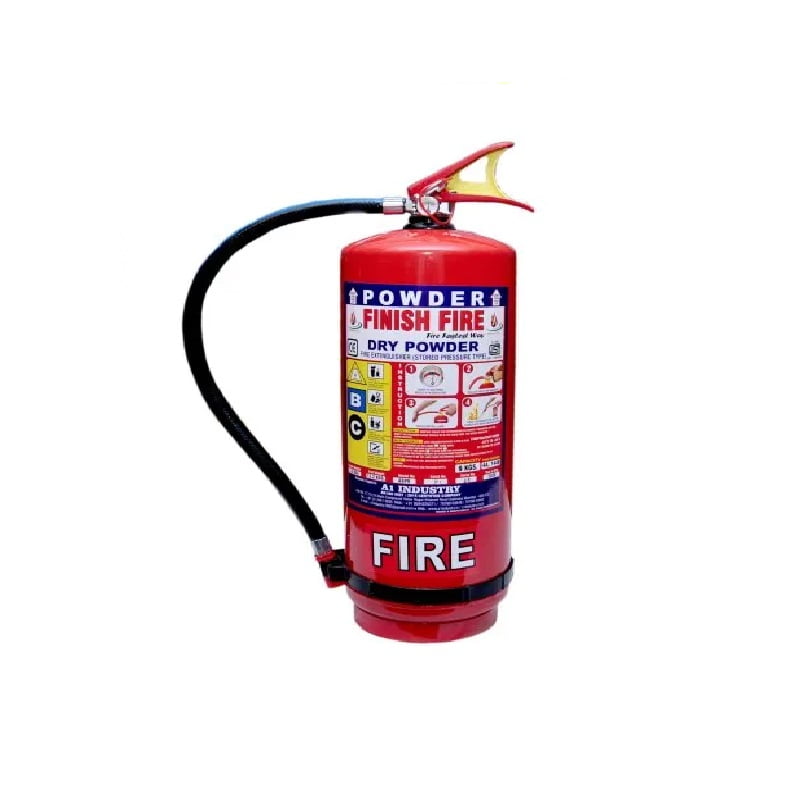
Prevention Tips for Electrical Fires
Avoiding Common Hazards
Preventing electrical fires involves adopting safe practices and being aware of potential risks. Implement these tips to reduce the risk of electrical fires:
- Limit Overloading Outlets: Be mindful of how many devices you plug into a single outlet. Spread out connections to different outlets to prevent overheating.
- Inspect Cords and Connections: Regularly check wires and cords for damage. Replace any frayed or damaged cords immediately.
- Use Appropriate Extension Cords: If using extension cords, ensure they are rated for the devices you will plug in, and don’t exceed the recommended load.
Regular Electrical Inspections
Schedule periodic inspections of electrical systems, especially in older buildings. Having a professional assess the wiring and systems can identify potential hazards before they lead to disasters. Routine maintenance allows for early correction of issues, improving overall safety.
Be Prepared and Stay Safe
Understanding the role of a Class C fire extinguisher used for is vital in effectively managing electrical fires. Whether at home, in an office, or at an industrial site, being equipped with the right extinguishing agent can make all the difference in an emergency. Regular maintenance, awareness of fire risks, and knowing how to use fire extinguishers are essential components of a comprehensive fire safety strategy.
Take the time to equip your environment with appropriate fire safety tools, educate yourself and others about fire classes, and implement preventive measures. In doing so, you empower yourself to act swiftly and confidently should an electrical fire occur, ensuring safety for yourself and those around you. Always remember, preparation is key, and understanding how to protect against fire hazards is the first step in safeguarding lives and property.

